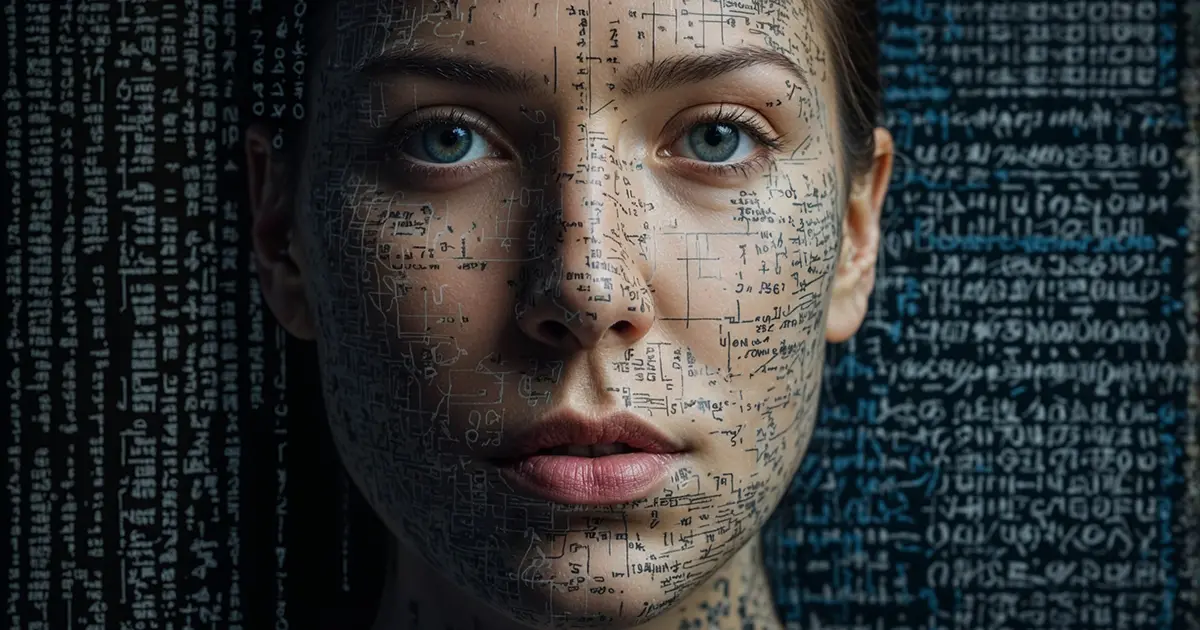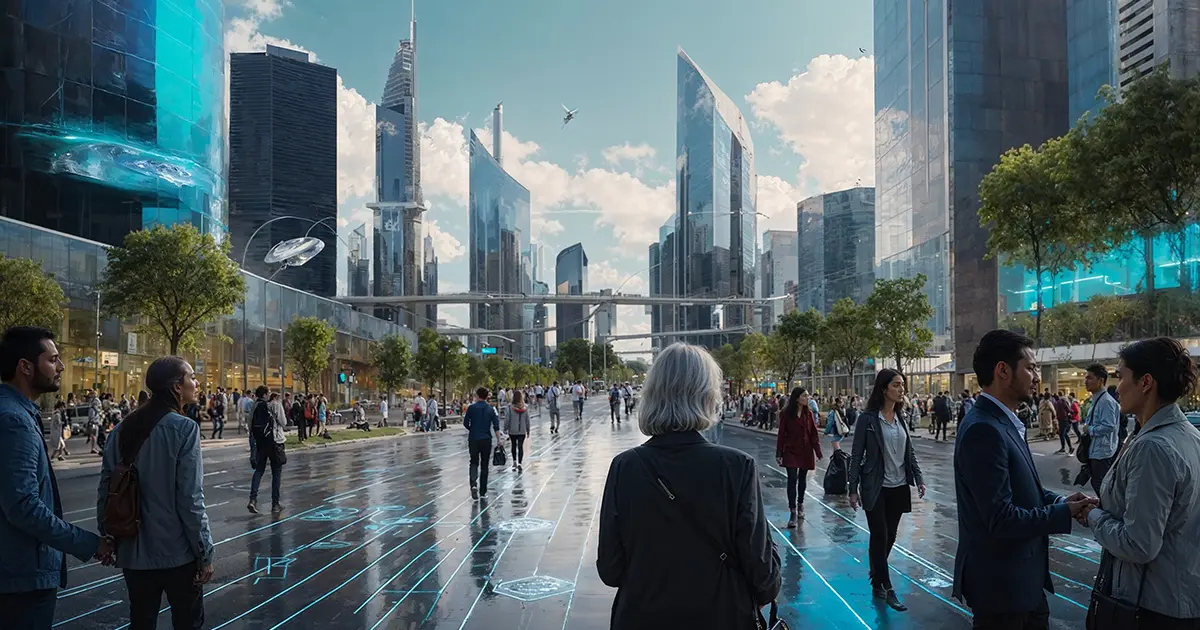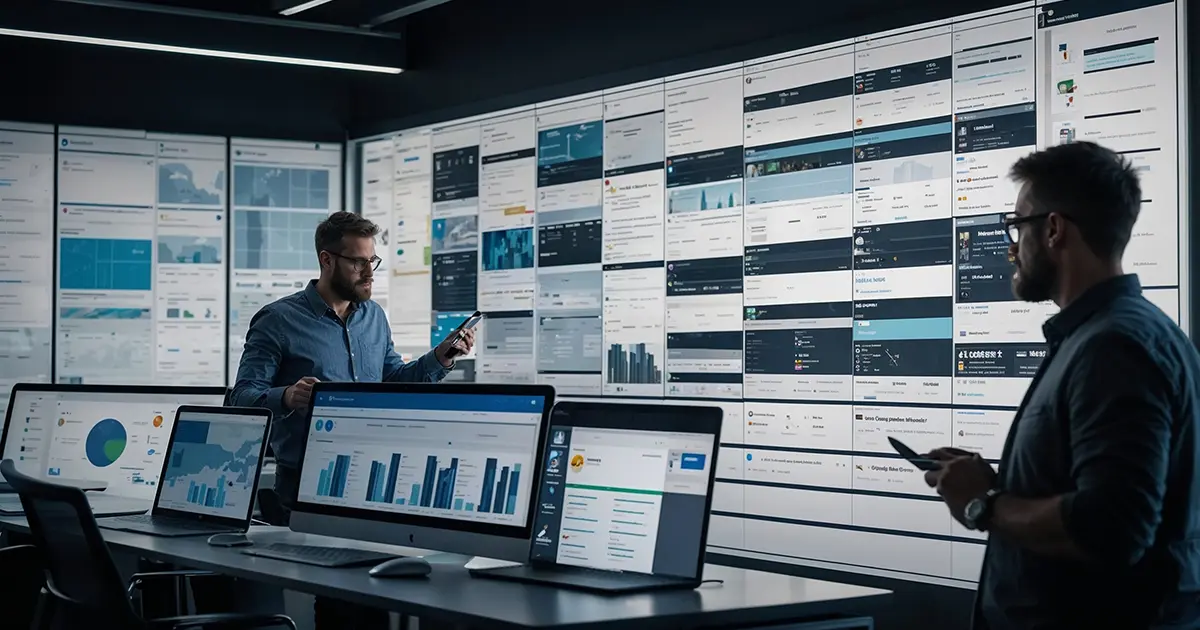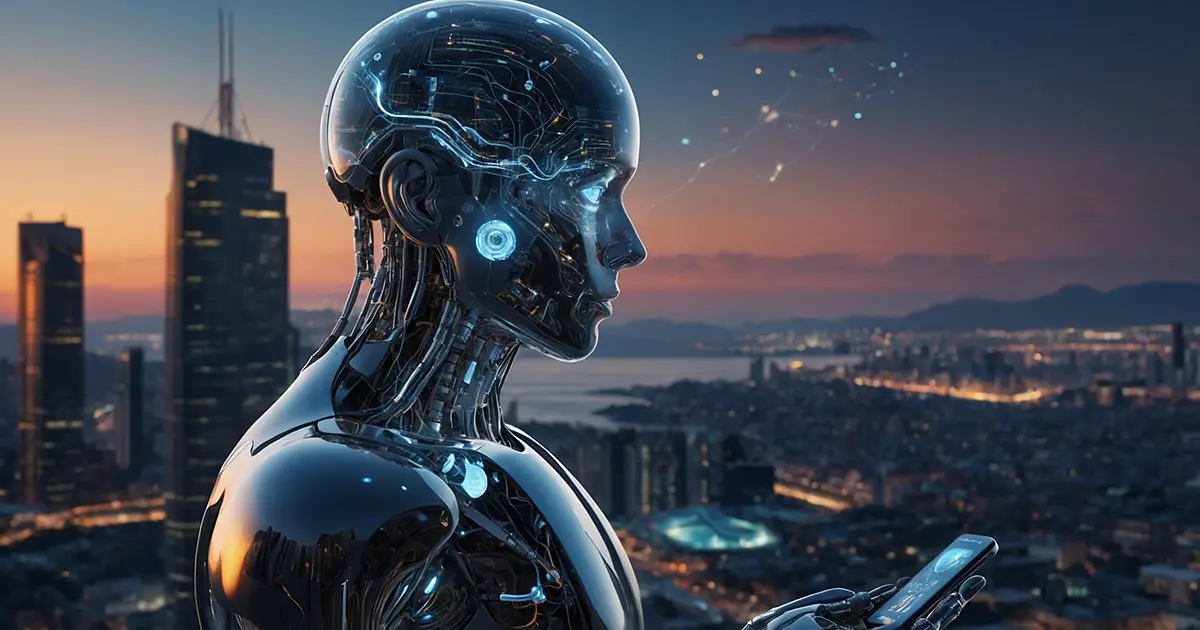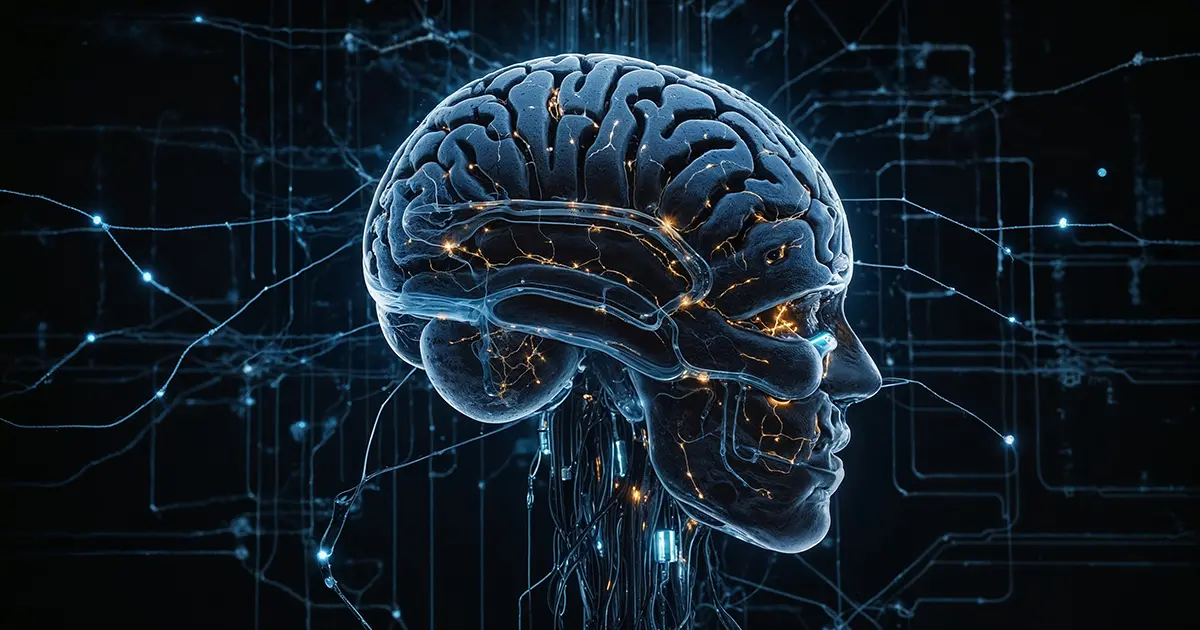A Beginner’s Guide to Facial Recognition Technology
Facial recognition technology helps computers identify people by their faces, just as we recognize friends and family. From unlocking smartphones to organizing photos, it’s becoming a part of everyday life. This article explains how it works and how you can use it in your everyday life.
What is facial recognition?
Facial recognition is a technology that allows computers to identify or verify a person by their face. It works by analyzing unique facial features – the distance between your eyes, the shape of your nose, or the curve of your smile. This technology is becoming increasingly common, showing up in places like smartphones, social media, and even airport security.
Everyday uses of facial recognition
You may already be using facial recognition without even realizing it. For example, many smartphones now let you unlock your phone just by looking at the screen. Apple’s Face ID and Android’s facial recognition features make accessing your phone quick and easy. Social media platforms like Facebook use facial recognition to suggest tagging friends in your photos, making it easier to share memories. Apps like Snapchat and Instagram use facial recognition to add fun filters to your selfies, turning your face into different characters with just a tap.
Beyond phones and social media, apps like Google Photos and Apple Photos use facial recognition to organize and categorize your photo library. They automatically detect faces in your images, making it easier to find photos of specific people. Even services like Microsoft Teams and Zoom use basic facial recognition to improve virtual backgrounds, so your face stays clear during video calls.
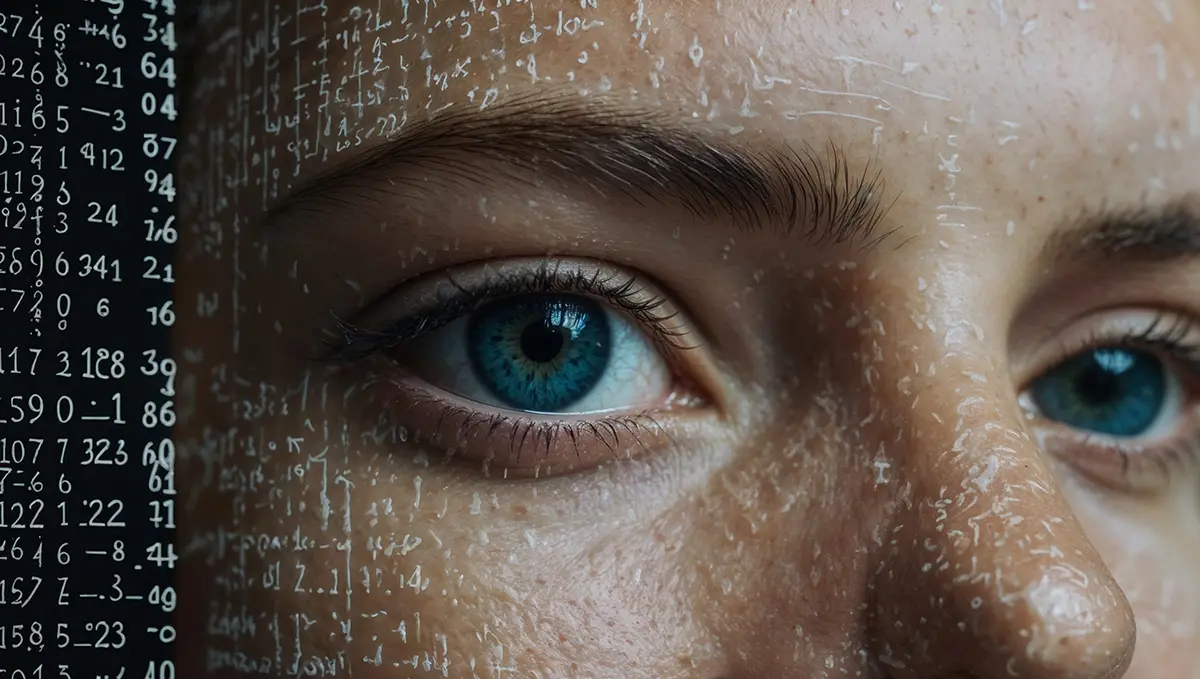
How does it work in simple terms?
Think of facial recognition as a puzzle solver. The computer looks at a face and notes key features that it translates into a mathematical formula called a “faceprint. When it sees a new face, it compares that faceprint with others it has on file to find a match. It’s like how you recognize a friend’s face in a crowd by remembering certain details.
A brief history of facial recognition
The journey of facial recognition began in the 1960s with simple programs that required humans to manually enter facial features. As computers became more powerful, the technology advanced. In the 1990s, facial recognition began to appear in security systems. Fast forward to today, and it’s part of everyday devices thanks to companies like:
Why is it useful?
Facial recognition brings convenience and security to everyday life. No need to remember complex passwords or worry about someone guessing your PIN. For example, Face ID on iPhones and facial recognition on Android smartphones streamline access to your device and secure applications. Some banking apps, such as Revolut or Wells Fargo Mobile, also allow you to log in using facial recognition, adding an extra layer of protection. In addition, platforms like Clear use facial recognition to speed up the identification process at airports, while retail stores are beginning to implement facial recognition for personalized shopping experiences.
Law enforcement agencies are also using this technology to help find missing persons and improve public safety, although this has raised privacy concerns.
How can you use it today?
You don’t have to be tech-savvy to take advantage of facial recognition. Here are a few ways to get started:
Unlock your phone: Set up Face ID on an iPhone or facial recognition on an Android device in Settings.
Organize your photos: Apps like Google Photos or Apple’s Photos app can sort your pictures by recognizing faces, making it easier to find memories.
Secure your apps: Some banking apps, like Chase or PayPal, let you log in with your face for an extra layer of security.
Fun filters and effects: Social media apps like Snapchat and Instagram use facial recognition to apply fun filters to your selfies, turning you into cartoon characters or placing you in different scenes.
Concerns and considerations
While facial recognition offers many benefits, it’s important to be mindful of your privacy. Always check the settings on your devices and apps to control how your facial data is used and stored. Most companies, such as Apple and Google, offer ways to opt out of data sharing if you’re uncomfortable.
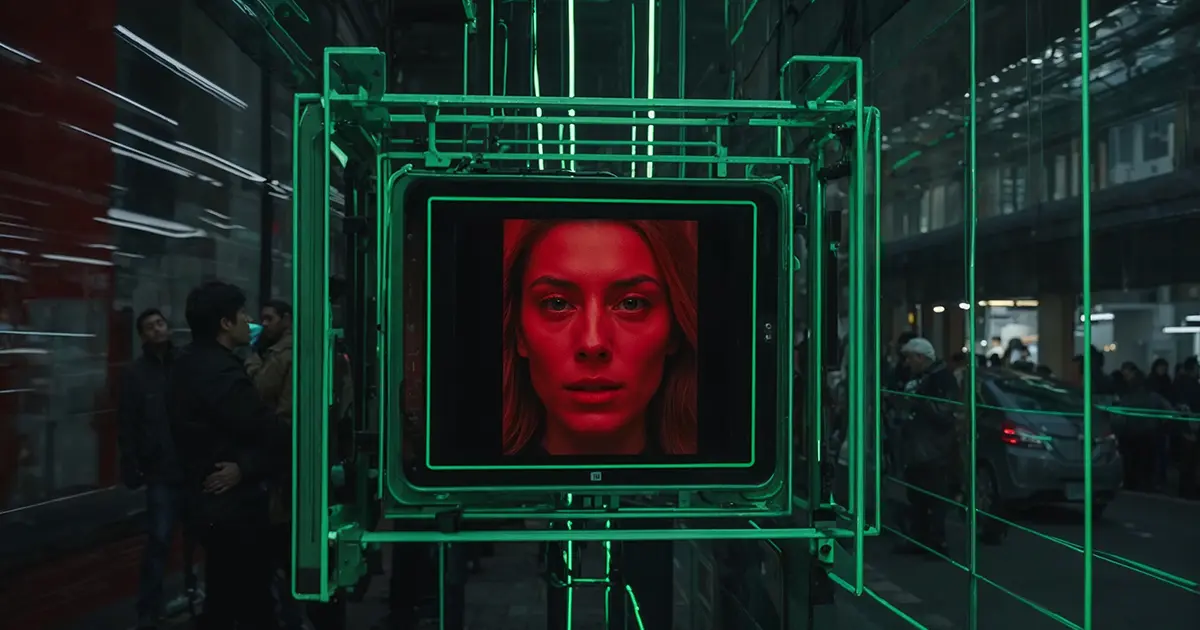
No experience required
Even if you’re new to technology, facial recognition is designed to be easy to use. Our goal is to help you understand these advances in plain language. As you explore our materials, you’ll find that even beginners can quickly become comfortable with new technology trends. Before you know it, you’ll be confidently navigating the world of artificial intelligence.
Key takeaways
Face recognition is accessible: It’s available on devices you may already own.
Easy to use: Setting it up is typically just a few steps in your device’s settings.
Practical applications: Improve security, organize photos, and enjoy interactive applications.
Everyone can benefit: Designed for people of all ages and technical backgrounds.
Facial recognition technology is becoming an integral part of our daily lives, offering convenience and enhanced security. Whether you’re unlocking your phone, sorting through vacation photos, trying out fun filters, or accessing secure apps like PayPal or Venmo, it’s easy to start using this technology today. To learn more about how artificial intelligence can enrich your life, explore other sections of our website, such as Applications and AI-Based Services and AI in Everyday Life. We’re here to make the world of AI accessible to everyone.

